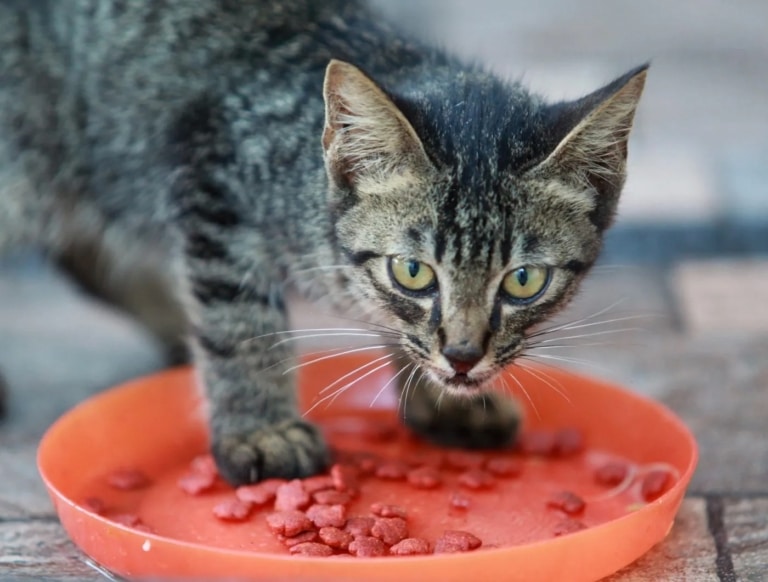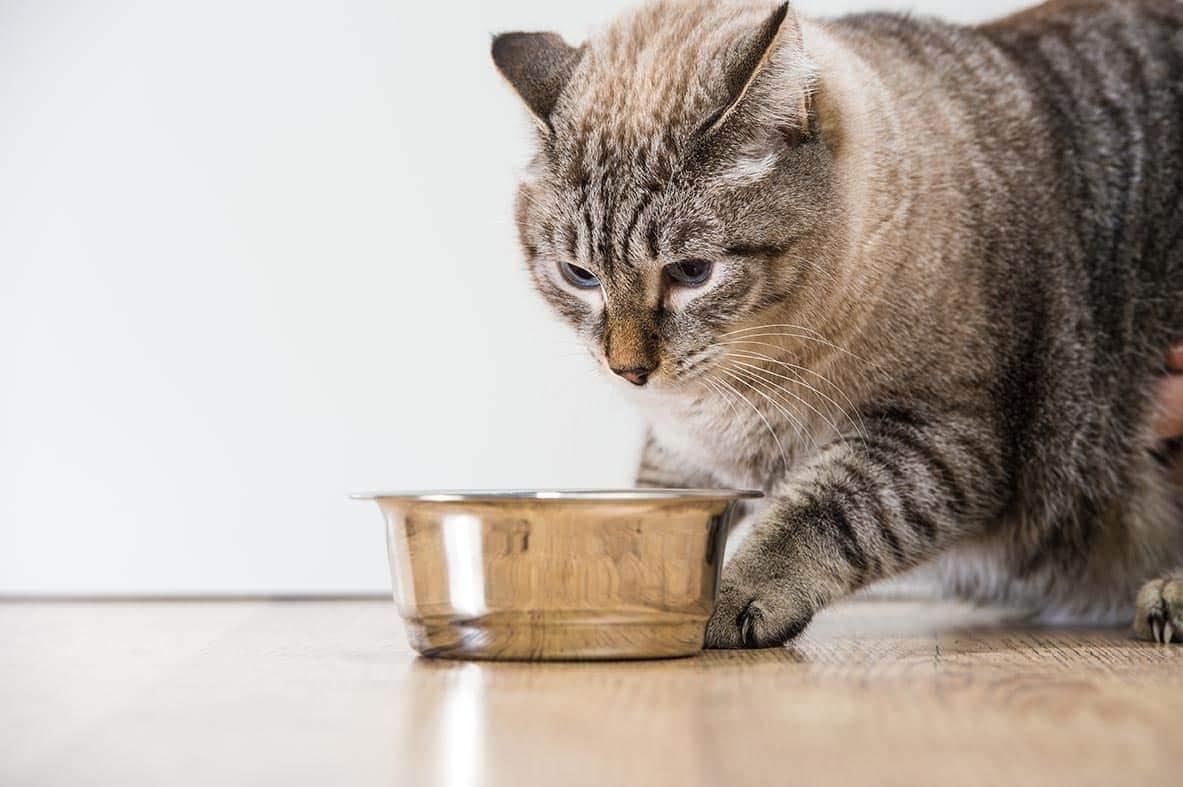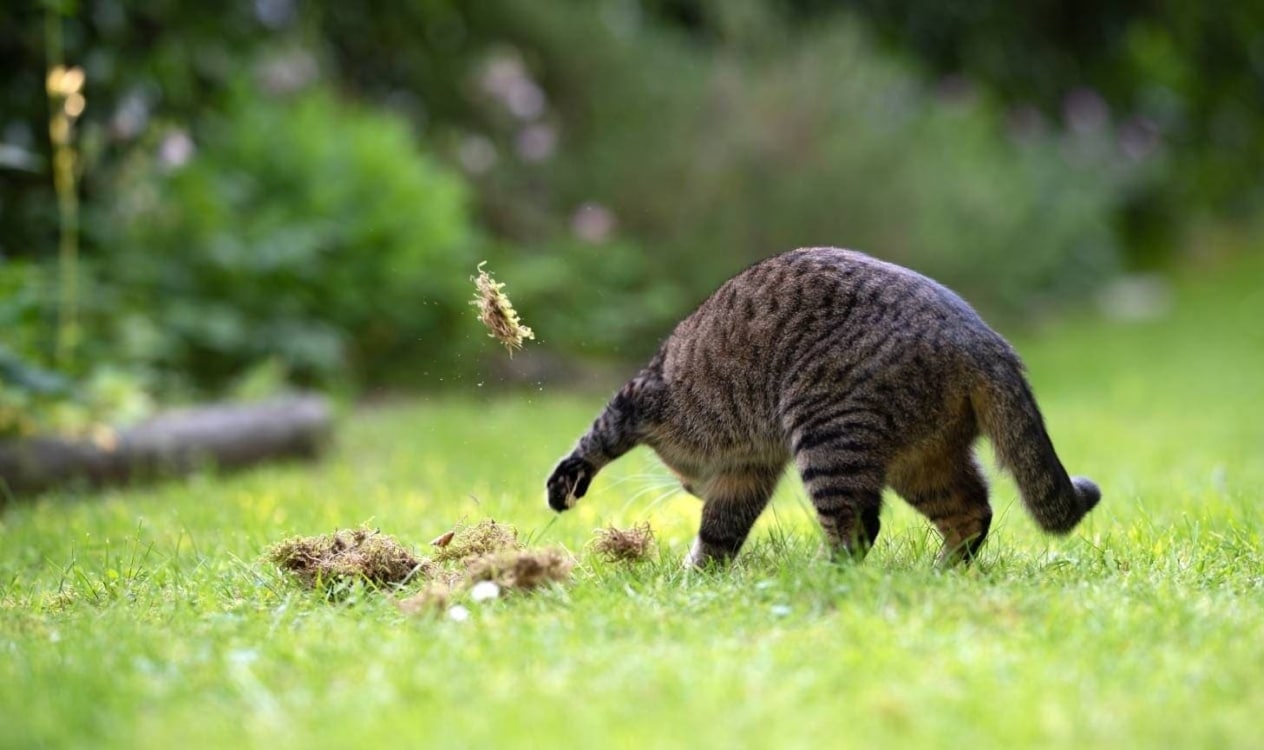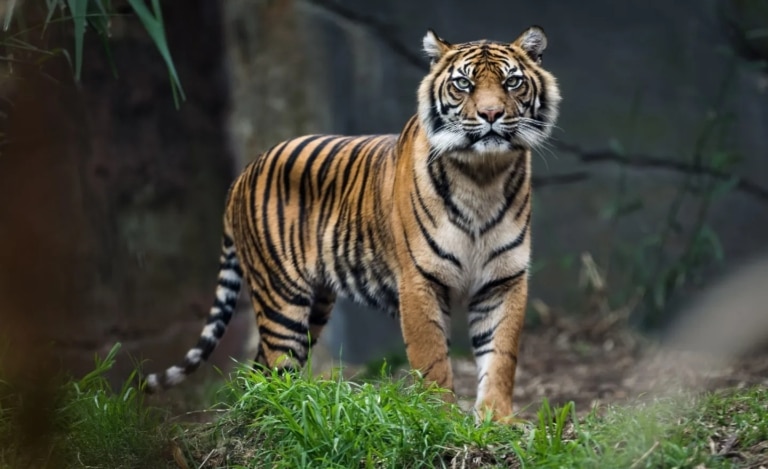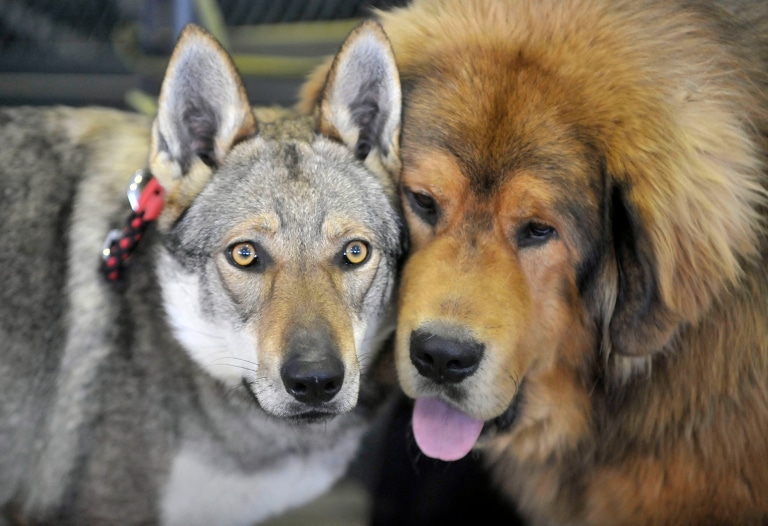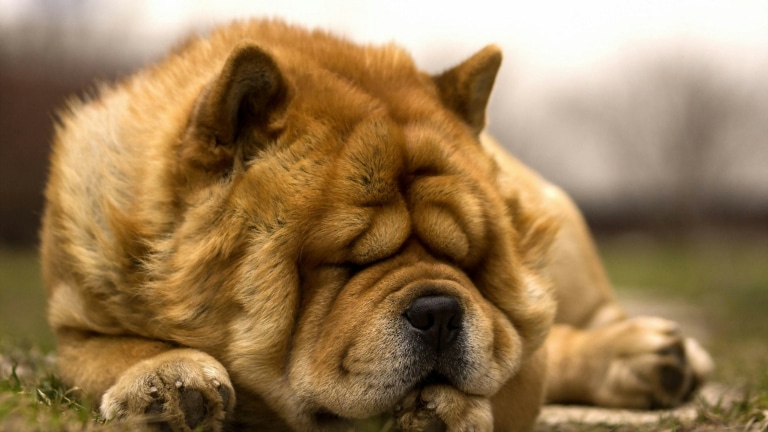Many owners are surprised by the strange behavior of their pets – when the cat seems to try to bury the bowl with food or hide the leftovers with its paw. At first glance it looks funny, but in fact it has deep biological and psychological reasons.
Instinct of previous generations
Domestic cats have retained the behaviors of their wild ancestors.
Odor masking. In the wild, predatory cats covered leftover food to avoid leaving traces that might attract predators or other animals. This allowed them to return to their prey later or keep the area safe.
Preservation and stockpiling. In professional terminology, this is called caching – when food is “hidden” so that it can be retrieved again later. In the wild, pieces of meat were often covered with branches or leaves so that they could be used later.
Repetition of the same movements. Some domestic cats simply mimic burying, even if there is hardly any food left. This can be seen when they dig near a bowl or cover it with a cloth or other object, using whatever is available as an “earth substitute”.
Observations in different species. Big cats, such as mountain lions or bobcats, also hide prey remains under leaves or branches to protect them from other predators and scavengers.
Example behavior. Even a cat that has never lived outdoors may instinctively try to hide food as if preparing for possible dangers. It’s a universal survival legacy that hasn’t disappeared even in indoor pets.
Alternative explanations
While caching is the most common cause, there are additional, equally important explanations.
Maintaining cleanliness. Many cats are extremely clean cats. They may “bury” leftovers to remove odor and keep bacteria from spreading or spoiling the space where they live.
Dissatisfaction with food. If a cat doesn’t like the taste or smell of food, or thinks it is stale, they may cover it with their paw. In this way, the animal demonstrates that it does not want to consume the product.
Anxiety or competition. In homes with multiple cats, one may bury food to hide it from the others. This is a way to protect one’s own portion and reduce the risk of competition.
Stress and nervous behavior. In rare cases, excessive burying may be a sign of anxiety. If it is accompanied by refusal to eat or other behavioral changes, you should contact your veterinarian.
Conclusion
Burying food is a multifaceted behavior that combines deep instincts and everyday habits. For some it is a way to hide prey, for others it is tidiness or a signal of dissatisfaction with the food. An attentive owner, observing such actions, can better understand the character and needs of his pet. And it is in these small details that the uniqueness of cats lies – in their desire to be both wild hunters and gentle home friends at the same time.

